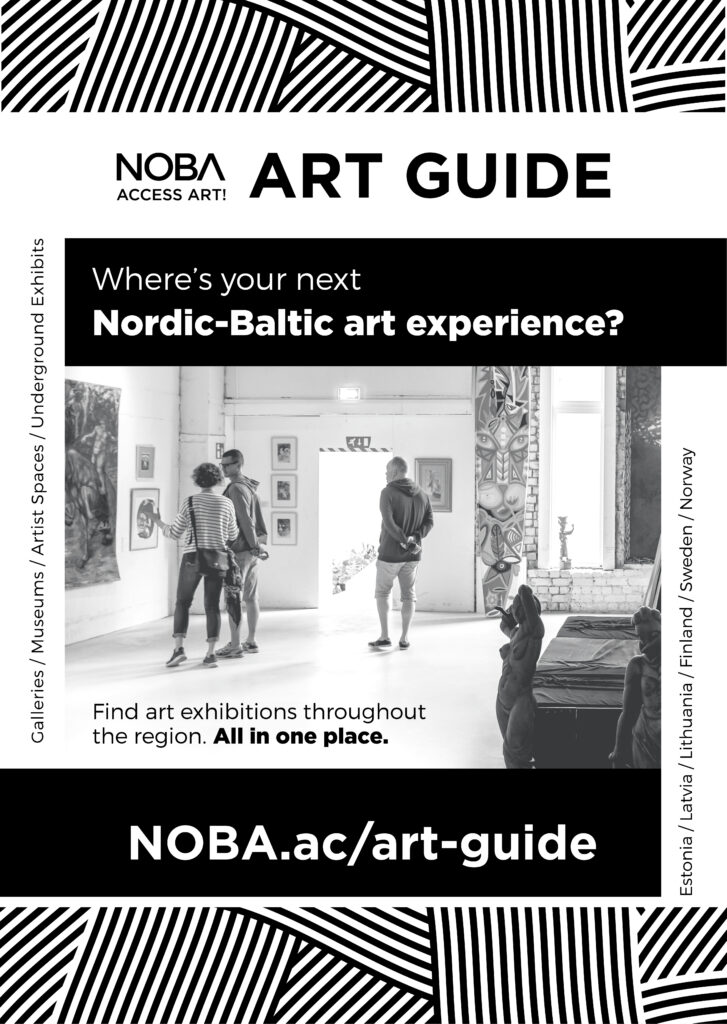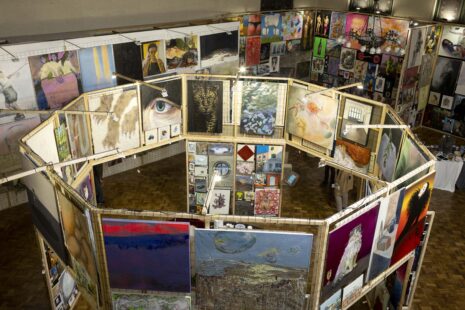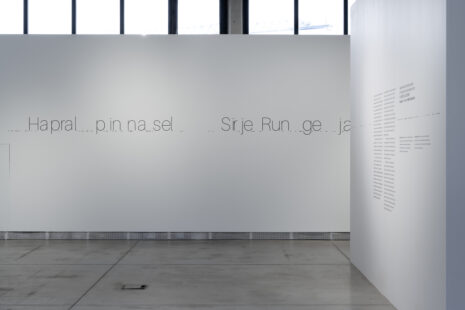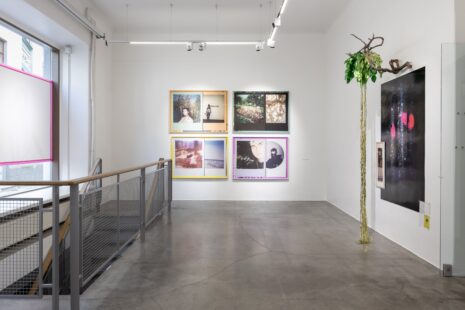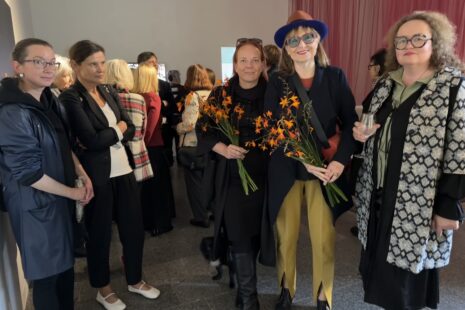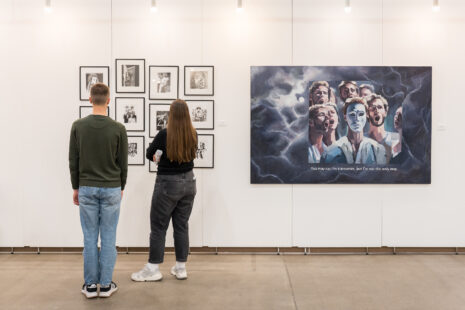Art Exhibitions are Becoming Increasingly Popular
According to data from the Estonian Centre for Contemporary Art, art exhibitions across Estonia attracted nearly 2.5 million visits in 2023, a record-breaking figure for recent years. This significantly surpasses the pandemic low of 2021, when exhibitions recorded approximately 930,000 visits.
Statistics Estonia also shows growth: the cultural participation survey indicates a steady rise in the proportion of Estonians who have visited an art gallery at least once in the past year, increasing from 17.9% in 2017 to 24.1% in 2023. This means that nearly a quarter of the adult population, or over 270,000 people, regularly attend art exhibitions.
It is important to keep in mind that the data from Statistics Estonia captures whether people have visited any art gallery at least once in a year (regardless of the number of visits), while the Estonian Centre for Contemporary Art collects data based on individual exhibition visits, including all attendance instances—typically, one person attends multiple exhibitions in a year. Additionally, it is common for multiple exhibitions to be held concurrently at the same venue. While Statistics Estonia focuses on residents of Estonia, many local exhibitions also attract a significant number of international visitors.
Lastly, it should be noted that Statistics Estonia collects separate information on visits to museums and art galleries, whereas the ECCA’s statistics include the programs of all exhibition venues. This means that some of the statistics on art exhibition visits collected by Statistics Estonia are likely included in the museum attendance data—in fact, 43.8% of residents visited a museum last year, according to the survey.
Who is the Visitor?
While there is sometimes a perception that art exhibitions and events cater only to a small “inner circle” of people involved in the art sector, this is far from the truth. In addition to the visitor numbers and statistics indicating a much broader audience, this was also confirmed by a qualitative study on art exhibition visitors conducted by the Centre for Anthropology at the end of last year, commissioned by the EAAI. While the study did reveal that art professionals are indeed one of the target groups for exhibitions (which is true in any field), several other groups of visitors, varying in age and interests, were also identified. The study highlighted five distinct visitor personas representing the key audience groups. Depending on their characteristics (age, interests, educational background, etc.), these personas showed varying levels of receptiveness to contemporary art, as well as suggestions on how exhibition venues could better engage each specific audience group.
Visitors seek a variety of experiences from art exhibitions, including intellectual stimulation, entertainment, and enjoyment. For many, the social aspect of attending exhibitions is also important—it is an activity often undertaken with family and friends. Interestingly, the study found that people engage with contemporary art more frequently than they realize. Some survey respondents claimed not to be part of the contemporary art audience, but in-depth interviews revealed that they regularly attended contemporary art exhibitions. This misunderstanding likely stems from a narrow association of contemporary art with specific genres or works, whereas, in reality, contemporary art encompasses a wide range of forms, from (documentary) photography to spatial installations and applied arts.
Sources:
•Estonian Art Exhibition Statistics (2023). Estonian Centre for Contemporary Art
•Cultural Participation Survey for People Aged 15 and Older (2024). Statistics Estonia
•Art Exhibition Visitor Study: Who is the Audience for Contemporary Art? (2024). Centre for Anthropology, commissioned by the EAAI
For more information:
Kadi-Ell Tähiste
Managing Director, Estonian Association of Art Institutions
kadi-ell@kael.ee

